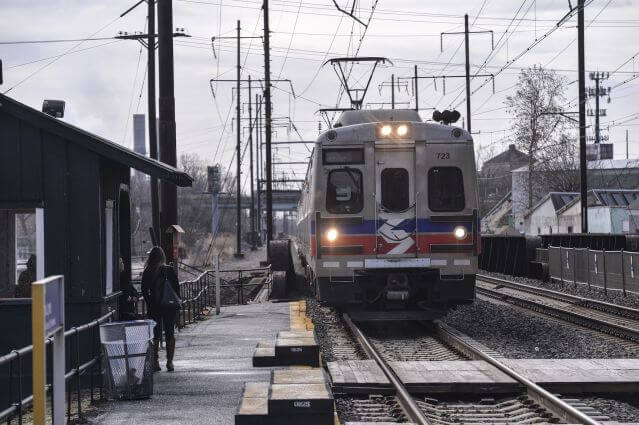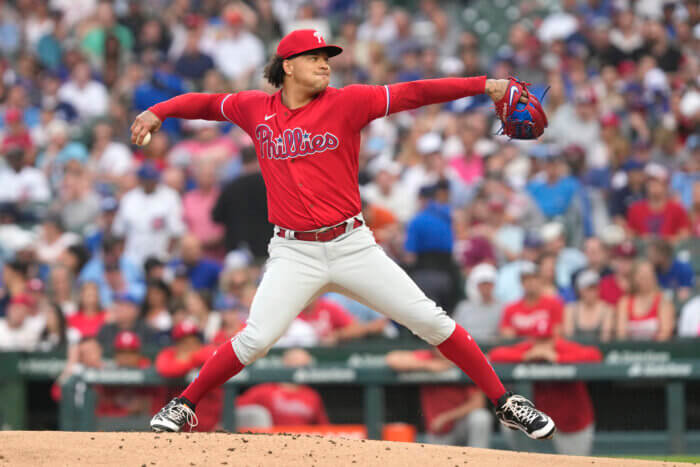Can riding SEPTA help save the world? It is well known that one of the best ways people can cut down on their carbon footprint is by taking public transportation instead of driving a car.
But in the near future, Philadelphians riding on SEPTA could be be making an even bigger difference, as SEPTA is taking early steps toward sourcing more of its electricity from renewable sources.
On Thursday, SEPTA held a pre-bid meeting at their Center City offices for companies who were invited to submit proposals to provide electricity generated by renewable sources, like solar, wind or hydro.
“What we’re looking to do is convert 10 to 20 percent of our electrical load that we currently purchase from grid-based sources to a zero-carbon renewable mix of sources,” said Erik Johanson, SEPTA’s director of business innovation. “This is a test to see if we can we buy into a renewable project, and see if the market is in fact competitive with the grid.”
One requirement of the project is that SEPTA won’t pay higher prices than it currently pays for electricity, to keep the project cost-neutral and avoid passing on price increases to customers.
SEPTA General Manager Jeffrey D. Knueppel called this RFP “a key commitment of SEPTA’s Energy Action Plan to reduce greenhouse gas emissions from transportation.”
“Riding SEPTA is already one of the best ways to reduce your carbon footprint,” Knueppel said, “and with this initiative, SEPTA will advance its position as a leader in environmental sustainability.”

Going greener
Out of an annual demand of approximately 450,000 megawatt-hours a year, SEPTA’s new Request For Proposals (RFP), issued Oct. 17, is calling for providers who can produce 10 to 20 percent of their electrical needs – or 45 to 90,000 megawatt-hours – per year.
The electricity usage of SEPTA represent about 50 percent of its entire carbon footprint. So, if fulfilled, the entire proposal would represent five to 10 percent of SEPTA’s energy coming from renewable sources.
Despite decades of scientific studies of climate change and warnings about the need to move away from fossil fuels, questions still exists about the viability of renewable energy sources to provide enough energy at low enough prices to compete with traditional enery sources.
By opening the door to a renewable energy contract of this size, SEPTA may help the market grow to meet the new demand, Johanson said. But if no provider steps up, the plan may not move forward.
“At our scale, we could potentially induce demand for new projects by guaranteeing a certain percentage of load,” he said. “The ability to buy electricity at the scale that we can buy it may be the sort of thing that enables a project to happen that otherwise wouldn’t have happened, but that remains to be seem.”
Responses to SEPTA’s RFP are due in December, with an official recommendation on the RFP expected by early 2019.



























